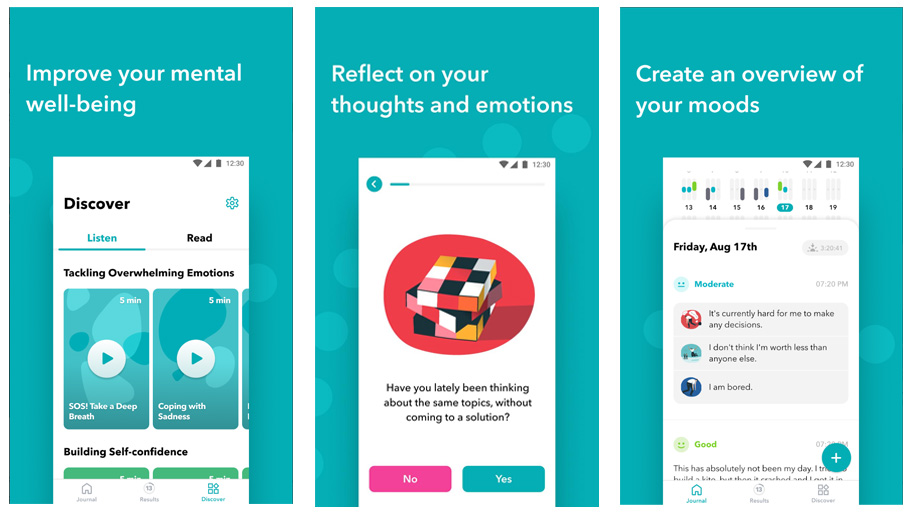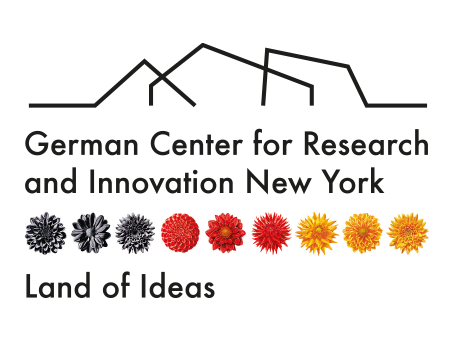Tackling Depression with A.I.

Globally, over 264 million people of all ages suffer from depression (WHO, 2020). Depression can become a serious health condition and can cause the affected person to suffer greatly and function poorly at work, school and with family. At its worst, depression can lead to suicide. Around 800,000 people die due to suicide every year which is the second leading cause of death among 15—29-yearolds. In addition, 50% of those affected, are never diagnosed and, in turn, never receive treatment.
The Berlin-based app Moodpath was founded in 2016 by Mark Goehring and Felix Frauendorf. The two founders collaborated with psychologists, doctors, and patients to create an app for those suffering from depression to identify the condition by tracking their mood daily. Moodpath asks the individual user three daily blocks of questions related to emotional and physical well-being. An adaptive algorithm evaluates the answers and follows up with additional questions which are tailored to the individual user. Based on this screening, the app evaluates after two weeks to what extent symptoms of depression are present. The user can then choose to have the app generate a letter to a doctor, which facilitates the initial consultation.
Moodpath eliminates the “recall bias” in which patients report their emotions and thoughts to the mental health practitioner after they have occurred, which is often distorted by memory and perception. As of today, Moodpath has been downloaded over one million times in 45 countries and is the leading depression app in North America, Europe, and Southeast Asia, having raised almost three million US-dollars in funding. The app has increasingly established partnerships with the healthcare sector such as clinics and insurance companies. For instance, the platform Aurora invites patients to track their moods between therapy sessions, while data from the app’s usage can provide scientists with insights into individual courses of depression and connections between situations, emotions, and symptoms.
